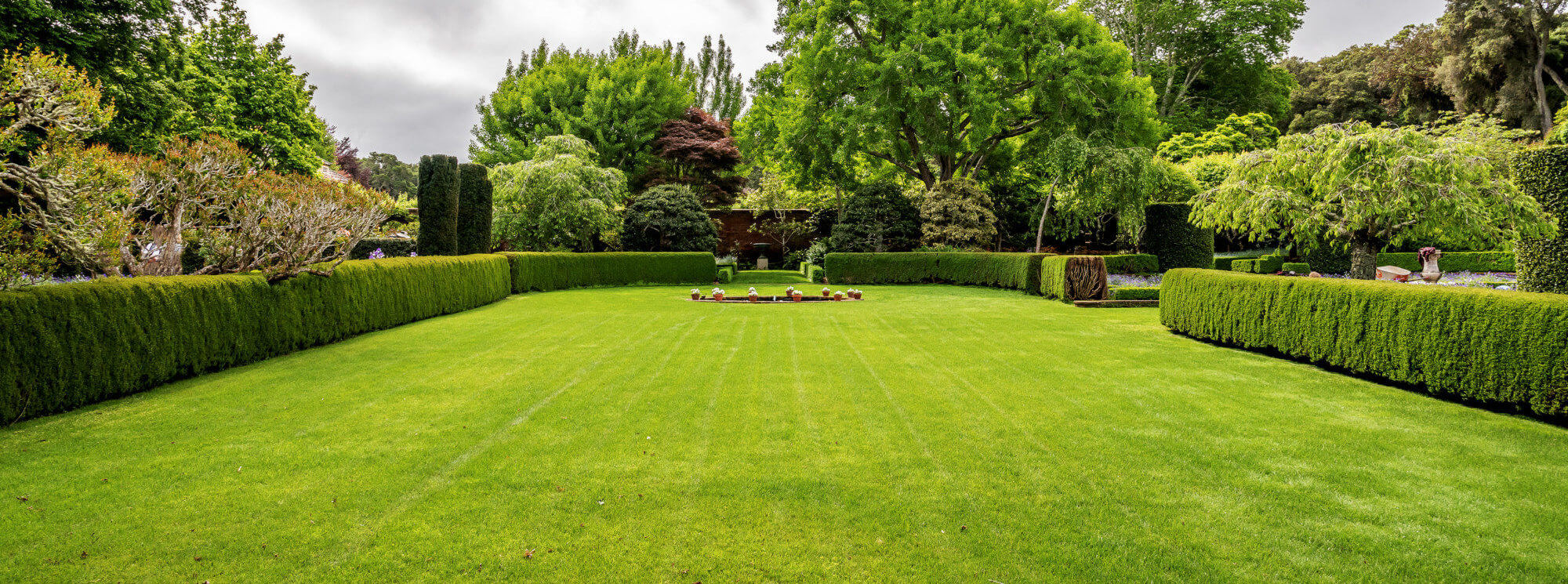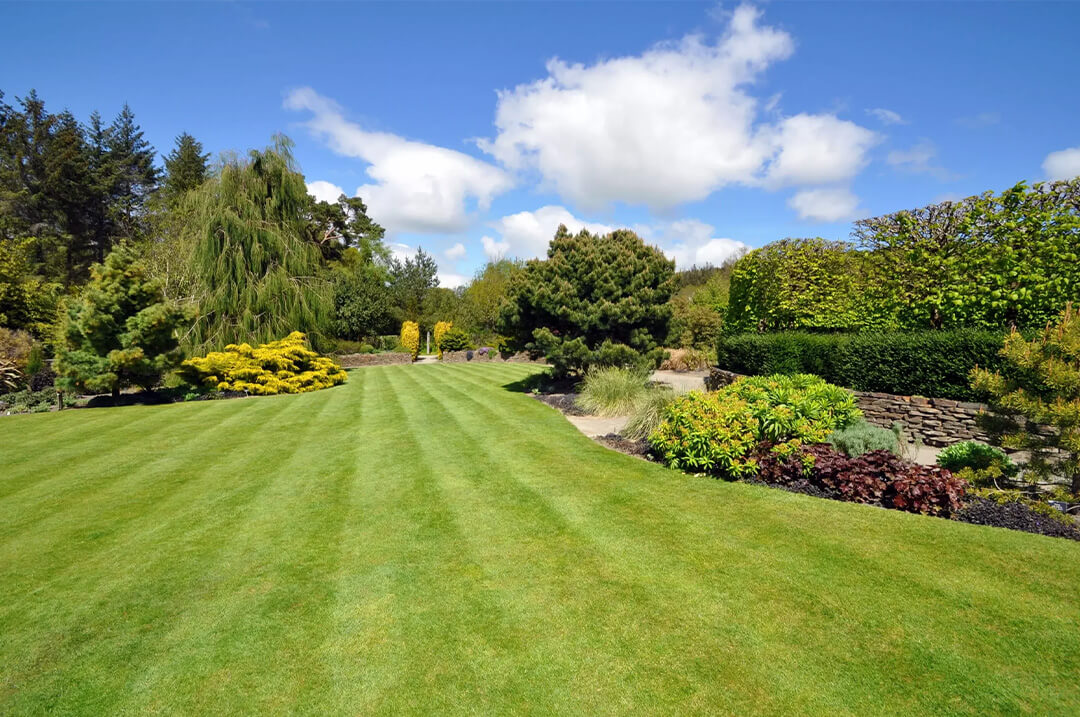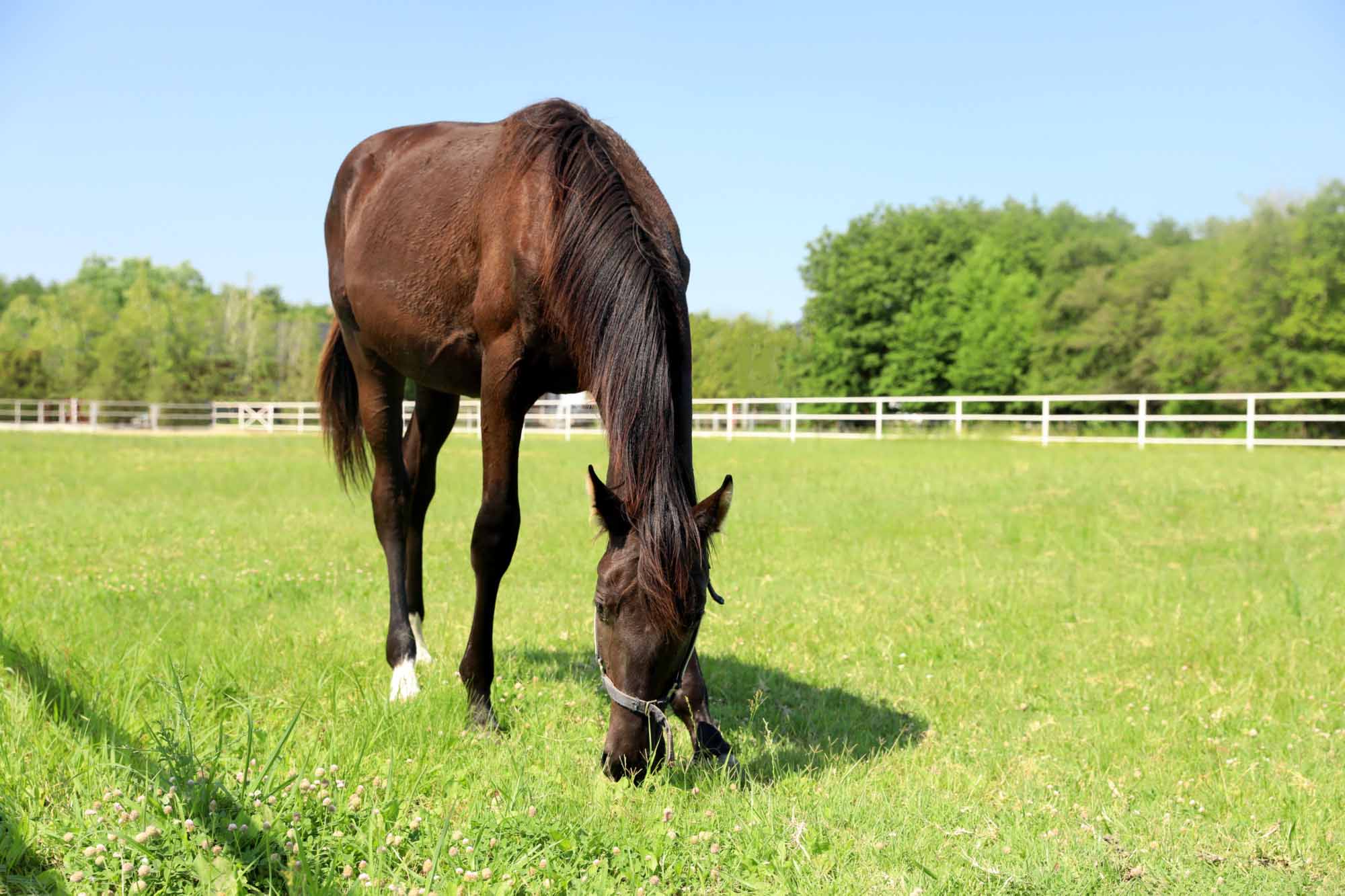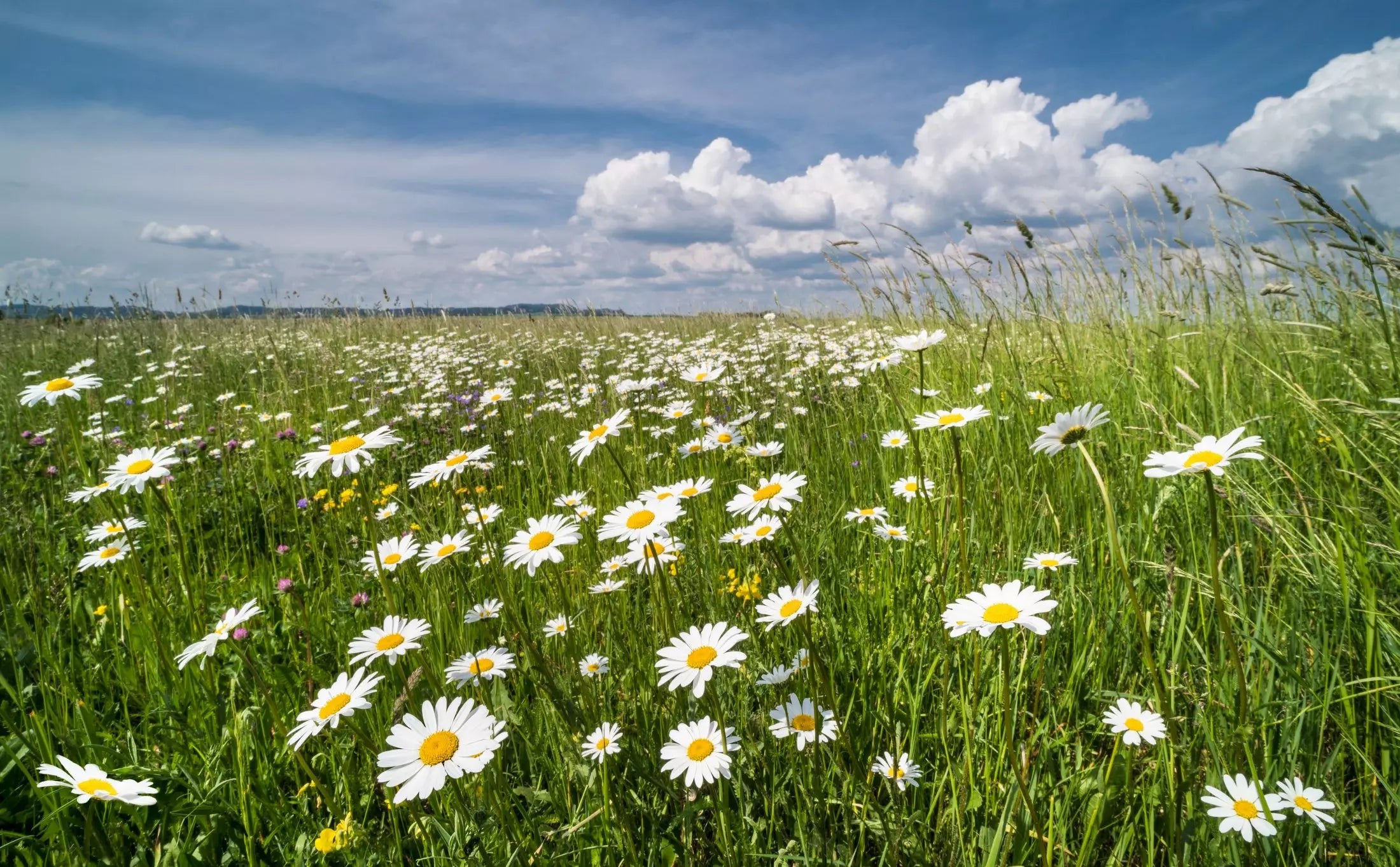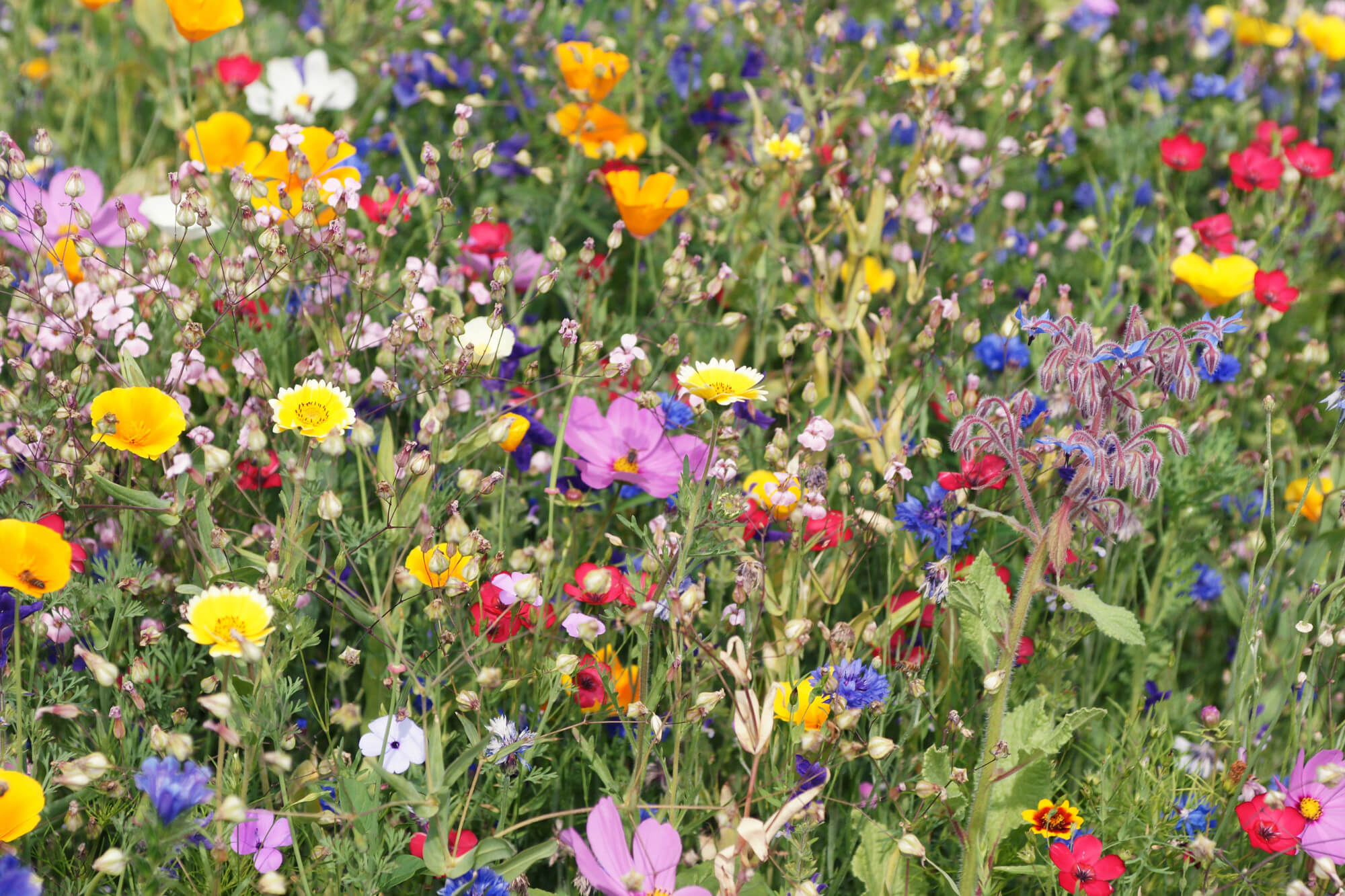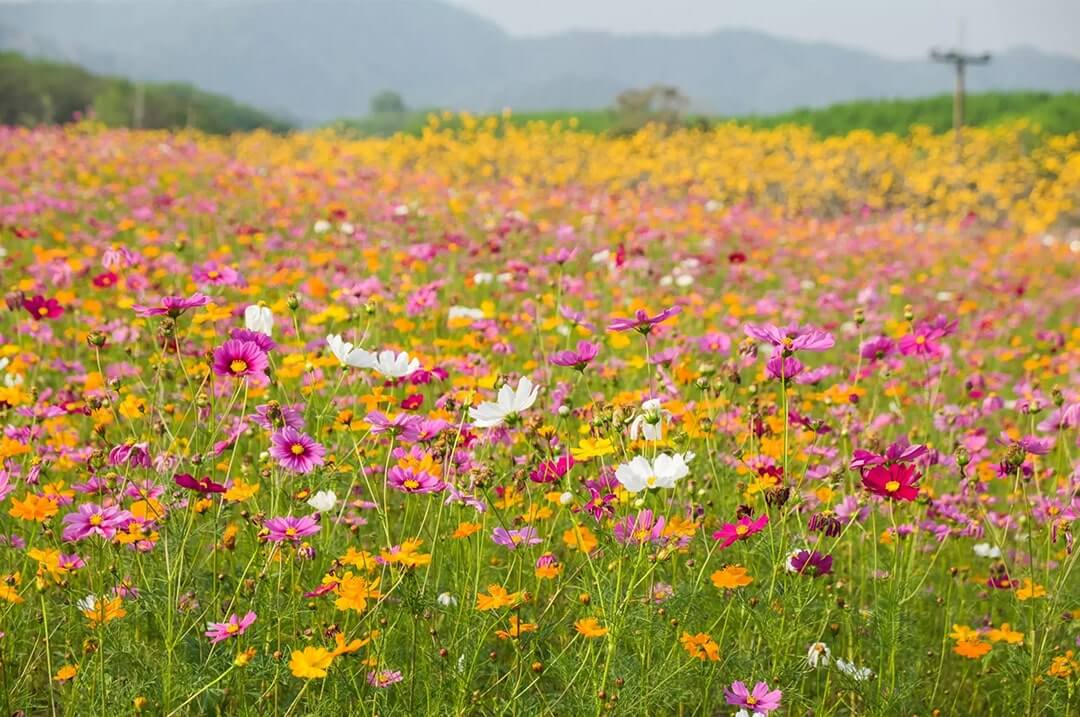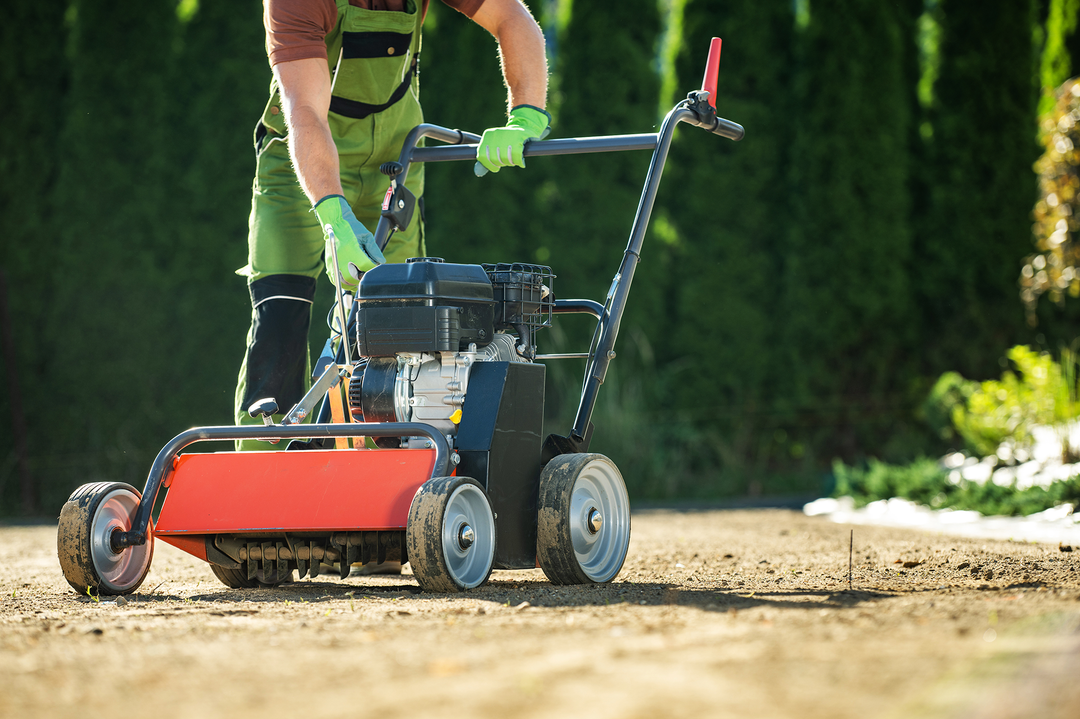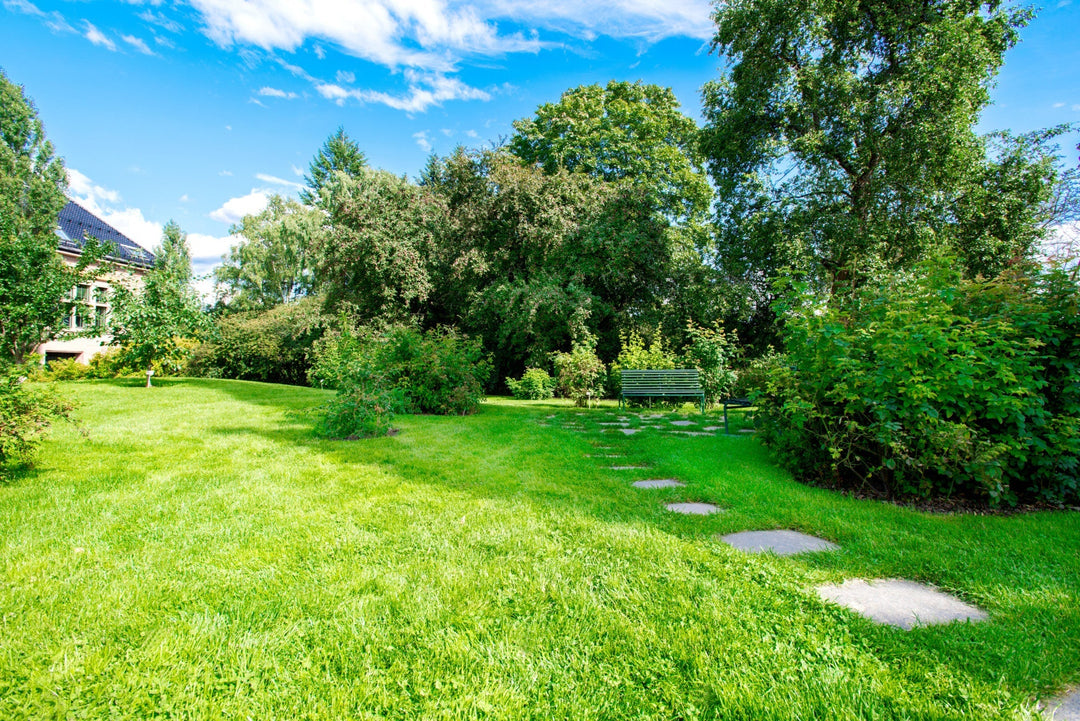Imagine a lush, green lawn, the pride of any homeowner. But how does one achieve such a verdant landscape? It begins with the successful germination of grass seed, a process that may or may not require coverage. Does grass seed need to be covered or not?
The debate on whether grass seed should be covered has gardening enthusiasts and professionals weighing in. Covering grass seed can protect it from birds, create an ideal microenvironment for germination, and maintain adequate soil moisture, all vital for healthy growth.
In this article, we delve into the nuances of grass seed germination, explore the significance of keeping the seeds moist, and evaluate different methods for covering seeds effectively, such as the use of topsoil. Join us as we uncover the secrets to a perfect lawn starting from the seed itself.
Benefits of covering grass seed
While grass seed doesn't strictly need to be covered to grow, doing so can offer numerous benefits that enhance germination and the health of the new lawn. Covering grass seed can protect it from various external threats, such as birds, pests, or erosion caused by wind and rain. But it's important to note that adding a cover is not primarily about speeding up germination; instead, it acts to safeguard the seeds during their most vulnerable stage.
The appropriate covering can also be beneficial for moisture control. Grass seeds require consistent moisture to germinate effectively, and a layer of mulch, soil, or another protective material can help maintain the necessary moist environment without creating overly wet conditions that might suffocate the seed or lead to fungal diseases. Grass seeds are usually quite dry when sown and need steady water intake for successful germination.
Moreover, proper coverage ensures that light and oxygen reach the seeds, both of which are crucial for germination. Utilizing a thin layer of topsoil or specially designed seed blankets offers the seeds the darkness they require without impeding access to oxygen and light when they begin to sprout.
Additionally, a suitable layer of coverage acts as an insulator against fluctuating weather conditions, providing a stable environment that can enhance the germination process. However, care must be taken not to apply too thick a layer, as this can inhibit grass seedling growth.
Factors affecting germination rates
The germination rates of grass seeds are heavily influenced by various environmental and soil conditions. One of the key factors is soil compactness. Compacted or heavy clay soils can impede oxygen flow, which is essential for seed growth, thereby reducing germination rates. Conversely, in sandy soil, issues with moisture retention may occur, affecting the seeds' ability to germinate.
The type of grass seed is another critical factor, as germination rates can vary drastically between species and seed quality. Choosing the right type of grass seed for your specific climate and soil type can greatly influence the success of your lawn from seed. Also, the soil's quality—its nutrient content, pH level, and texture—plays a significant role in supporting seed germination.
Topsoil usage provides an optimal environment for grass seed germination due to its usually loose, well-aerated, and moist characteristics. By adding a fine layer of topsoil over grass seed, you can enhance soil-to-seed contact, thus promoting better germination rates.
The germination process of grass seed
Grass seed germination is a nuanced process that hinges upon the balance of three critical elements: moisture, light, and oxygen. Temperature and environmental conditions also significantly impact this process, as they control the availability of these essential elements.
Regular, gentle watering—such as misting or light sprinkling—several times a day is recommended to sustain moisture levels without causing overly wet conditions that can harm the seed. However, remember that the timing and frequency of watering depend on the current weather conditions and soil type.
Seed-to-soil contact is paramount for successful germination. With this in mind, some gardeners utilize a garden rake or similar tool to create grooves or furrows in the soil before spreading the seed, thereby increasing the probability of grass seedling establishment. After seeding, lightly raking the area can further improve contact between the seed and soil, smoothing out the surface without burying the seeds too deeply.
While covering grass seeds helps protect them during their initial stages, it doesn't directly hasten the germination process. Instead, the objective of the cover is to provide a stable microenvironment that allows the seeds to absorb moisture, expand, and eventually break open, starting the growth of new shoots. The cover should be just enough to shield the seeds but still allow air, light, and moisture to come through, creating an ideal setting for these new seedlings to flourish.
The role of proper moisture in seed germination
Grass seed germination is highly dependent on achieving and maintaining the proper moisture levels. Moisture is the catalyst that initiates the germination process; without it, seeds simply cannot start their journey of growth into healthy grass seedlings. When a grass seed absorbs adequate water, it swells and activates the enzymes necessary for growth.
However, constant moisture is not just about providing enough water - it's also about preventing the seeds from drying out. If a seed begins to germinate but then dries out, the germination process is likely to be thwarted, potentially resulting in seed death. This poses a problem particularly during dry springs or in climates with variable moisture levels, where maintaining soil moisture becomes a daily task.
In response to this challenge, it is important to create a reservoir of moisture in the soil ahead of planting. One way to achieve this is to thoroughly water the area before sowing the seeds to ensure there's sufficient moisture that will sustain the seeds for the initial critical period after planting. After seeding, watering frequency should be finely balanced; the soil should be kept moist but not saturated, avoiding both extremes of overwatering and under-watering.
As new grass seedlings begin to emerge, they continue to require regular and gentle watering, but with caution not to waterlog them. Overwatering can lead to poor aeration and potential fungal diseases, whereas inadequate moisture can cause the delicate germinating seeds to dry out and fail.
Ensuring constant moisture for successful germination
Achieving constant moisture for successful germination is a delicate science, as the soil must be kept hospitably moist, yet not so wet as to drown or rot the seeds. It's not enough to simply lay the seeds onto the soil and hope for the best. Proper planting techniques and soil preparation are crucial for this balance.
Before sowing, it’s beneficial to assess the soil's current moisture level. During particularly dry springs consider lightly watering the soil to create a welcoming bed for the seeds. After sowing, the grass seeds should be buried shallowly at a depth of about 5mm to 10mm in the moist soil. This is the sweet spot where the seeds are not too exposed to drying air and not too deep to struggle to reach the surface.
Covering grass seeds with soil serves multiple purposes. It provides a shield from hungry birds and helps maintain darkness, both of which protect the seeds. But notably, the soil acts as a moisture retainer, crucial for germination. A thin layer of soil over the seeds can trap the humidity close to the seed, providing the consistent moisture needed for the seeds to swell, break through their shells, and begin growing.
The following list outlines key practices for ensuring constant moisture for grass seed germination:
- Before planting, water the seeding area to establish a moisture reservoir.
- After sowing, cover seeds with a light layer of soil to lock in moisture and protect from external threats.
- Adjust watering frequency based on weather and soil conditions to maintain optimal moisture levels.
- Monitor the soil moisture daily - it should feel damp but not soggy.
- Gently water new grass seedlings to maintain moisture without causing oversaturation.
It's through the careful attention to moisture levels that gardeners can significantly boost their success rates of growing a lush, vigorous lawn from seed.
Methods of covering grass seed
Grass seeds, once sown, become susceptible to various environmental factors that could impede their growth, such as wind, heavy rain, and birds. To mitigate these risks and give your seeds the best chance to flourish, proper coverage is essential. Covering grass seeds is not simply a means of protection — it also provides an effective microclimate for germination by retaining moisture and maintaining a stable temperature. There are multiple methods available to cover grass seeds, each with its own benefits:
- Soil Layering: A fine layer of soil can be spread over the seeded area, ideally no more than a quarter of an inch thick. This shields the seeds from being washed away or eaten by birds, while still allowing them to receive the sunlight they require.
- Mulch or Compost: Using organic mulches or compost not only covers the seeds to maintain moisture but also adds nutrients to the soil as it decomposes, enhancing soil quality. This is ideal for repairing small pathches, but perhaps not practical for larger areas.
- Grow Cover Sheeting: Sheeting off an area traps in the moistuire and the temperature. It is very effective and used widely by professional groundsmen. However once the seed has germinated it is important to remove the covers frequently as this can create the ideal environment for fungal seedling diseases to strike which could kill the plants.
Using these methods strategically, according to your specific environment and soil conditions, will significantly improve the odds of germination and establishment of a lush lawn.
Using a layer of topsoil over grass seed
Applying a thin layer of topsoil over freshly seeded areas is a widely recommended technique in the gardening community. This method of coverage has several distinct advantages, particularly when the topsoil is combined with organic matter:
- Moisture Retention: Topsoil helps in trapping the moisture close to the seeds, which is vital for their germination and growth.
- Nutrient Supply: The topsoil should ideally be rich in nutrients, providing an additional boost to the germinating seeds and increasing the fertility of the new lawn.
- Avoiding Suffocation: The correct thickness of the topsoil layer ensures that seeds are not suffocated; it promotes the exchange of gases necessary for their growth.
- Enhanced Microbial Environment: Enriched topsoil fosters beneficial microorganisms, which play an important role in soil health and help in the breakdown of organic matter into nutrients readily absorbed by the seedlings.
When applying topsoil, consider a ratio that is adequate to cover the seeds lightly (approximately 1/4 inch thick) yet shallow enough to ensure they are neither overwhelmed by excessive soil nor exposed to predators and the elements.
By carefully balancing coverage and the essential aspects of the germination environment through methods like topsoil application, your grass seeds have a heightened chance of developing into strong, healthy grass seedlings, paving the way for a vibrant and lush lawn.




